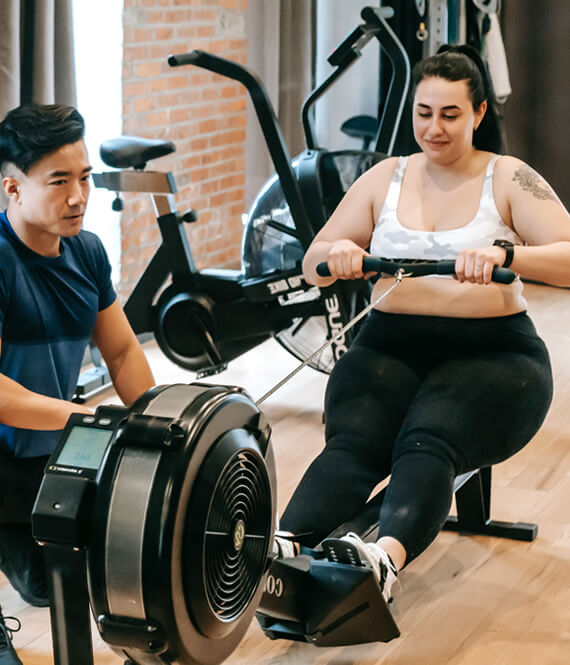
5 Benefits of Rowing for A Healthier Life
We recommend helpful products in our articles. Read our full disclosure here. The content on this website is not intended to be a substitute for professional advice, diagnosis, or treatment.
When it comes to exercises to get fit and healthy, we have a lot of choices.
From calisthenics to treadmills, weight machines to pilates, each of them has its place.
Yet, when it comes to providing a complete aerobic and anaerobic workout that trains your entire body, there is one that stands out from the pack …Rowing!
In this article, we lay out 5 reasons why choosing the rowing machine as your exercise of choice is a smart decision.
Full-Body Workouts
Most cardio exercises are focused on muscles of the lower body.
That is because they usually rely on some variation of walking as their prime exercise movement.
As a result, these exercises do a good job of toning and strengthening the quads, hamstrings, glutes, and calves.
The upper body, though, is usually left out of the equation.
Rowing is different.
The rowing movement involves 85 percent of the muscles in your body.
As well as the lower body muscles, rowing directly makes use of the latissimus dorsi and trapezius muscles of the upper back, the deltoids, biceps, and core, including the erector spinal muscles that run either side of the spine…
The rowing stroke involves 75 percent lower body – quads, glutes, and calves – and 25 percent of the upper body.
While working out on a rowing machine will not, by itself, develop the muscles of a bodybuilder, it will make your muscles stronger.
You are able to increase the rowing resistance so that you have to use more pulling force to complete the rowing movement.
Doing hundreds, or even thousands, of repetitions during a rowing workout, will improve muscular strength and endurance.
The strengthening effects on the back of rowing will help to improve your posture.
With so many of us spending hours each down stooped over a screen, that is an important benefit.

Low Impact Cardio
Rowing is an example of a closed chain exercise.
That is because your feet never leave contact with the platform that they are resting on.
This contrasts with the vast majority of cardio exercises, which are open-chain so that the feet are repeatedly lifting and falling, leading to repetitive foot strikes.
The closed chain nature of rowing means that there is virtually no impact strain on the ankles, knees, and hips when you’re rowing.
Because rowing is a seated exercise, it also takes the compressive strain off the spine.
Not only does rowing lessen the impact on your joints, it actually makes your joints healthier.
A study conducted in 2014 tracked a group of 24 people as they performed rowing machine workouts for 8 weeks.
At the conclusion of the study, they had improved the rotational ability of their knee, shoulder, and elbow joints by a staggering 30 percent average.
Read Start Rowings’ best rowing machine guide to get more information on the different types of machines available.
Training Flexibility
Rowing offers a lot of variety as to how to incorporate it into your workout.
You could choose to do a steady-state workout for 30-40 minutes.
Then, you can also use rowing as the basis for high integrity interval training (HIIT).
Rowing is great for HIIT because it allows for a quick transition between fast and slow training, especially if you are using an air or water rower.
Rowing also works well as a component of circuit training, where you move through a series of exercises, alternating between cardio and resistance movements.
For example, you can do a one-minute rowing sprint and then go directly to a set of push-ups.
Because a rowing machine responds to the level of push or pull that you generate, it puts you in control.
That makes the rowing machine an ideal form of exercise for every fitness and experience level.
Rowing has also been shown to be a great choice for people with disabilities.
A 2015 study tracked a group of low vision subjects who exercised on a rowing machine 5 days per week for 6 weeks.
All of the participants had a significant loss in fat mass and body fat percentage.
It was also seen that the subjects quickly adapted to the form of exercise and that their vision impairment was not an impediment to the use of the rowing machine.
Calorie Burning
Rowing is a very good calorie burner.
Because you are involving the muscles of your upper and lower body, your heart and lungs have to work harder to supply the nutrients needed for those muscles to work.
That makes rowing an excellent choice for people who are wanting to lose weight.
A moderate intensity 30-minute rowing session will burn around 200 calories for a 180-pound person.
If that person stepped up the intensity, the calorie burn could easily double.
By combining a daily program of rowing with a healthy, reduced-calorie diet, you will be able to consistently lose weight.
Cardiovascular Training
Rowing provides an excellent cardiovascular workout.
Cardiovascular exercise is aerobic, requiring the intake of oxygen to power the activity.
That oxygen, along with nutrients, is transported to the working muscles, through the bloodstream.
The cardiovascular system is the operating system for this process.
The main hardware of your cardiovascular system is your heart.
The stronger these two organs, the more efficiently your cardiovascular system will work.
Rowing places high demands on your heart, as the oxygen and nutrient demands of the working muscles increases.
Summary
A rowing machine is a compact, affordable workout machine that allows for a very complete workout.
It is one of the few cardio exercise options that work the muscles of both the upper and the lower body.
It’s also extremely low impact, making for a joint-friendly workout option.
If you’re after a versatile workout option that fits in with a wide range of training modalities, you won’t find much better than a rowing machine.
It’s also a smart choice if you are looking to maximize your exercise calorie burn.
"We love to research problems, examine studies, analyze solutions, and share with you ideas that make life healthier. You can learn about us and our editorial standards here. Have suggestions or feedback to share? Send us a message!."

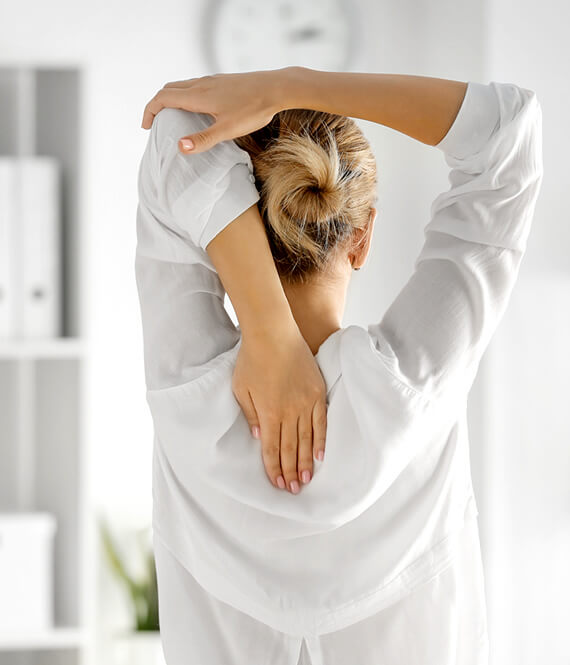
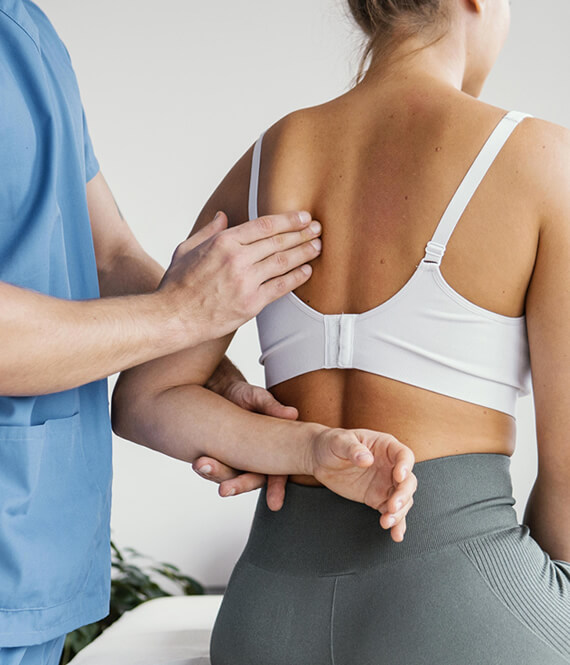

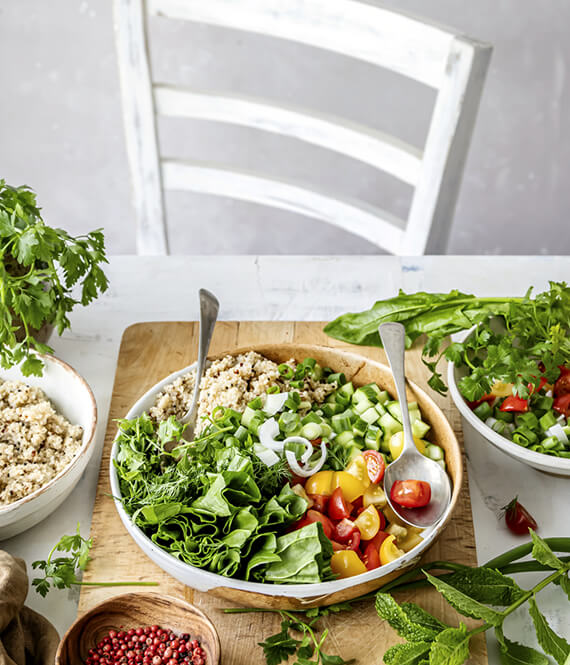
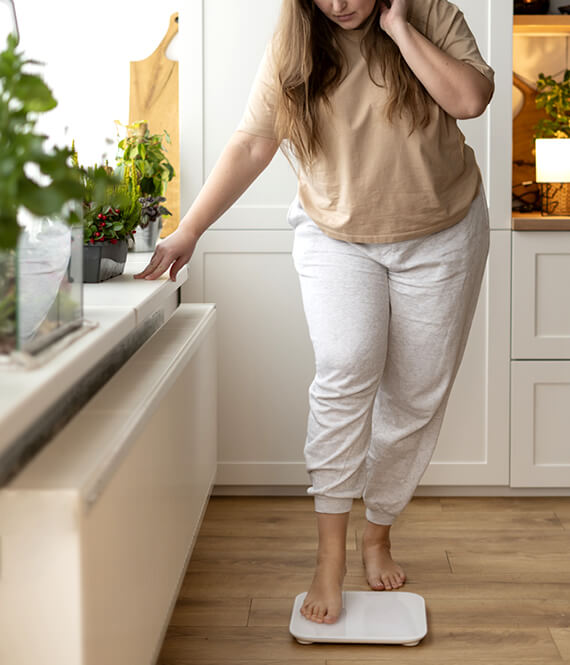

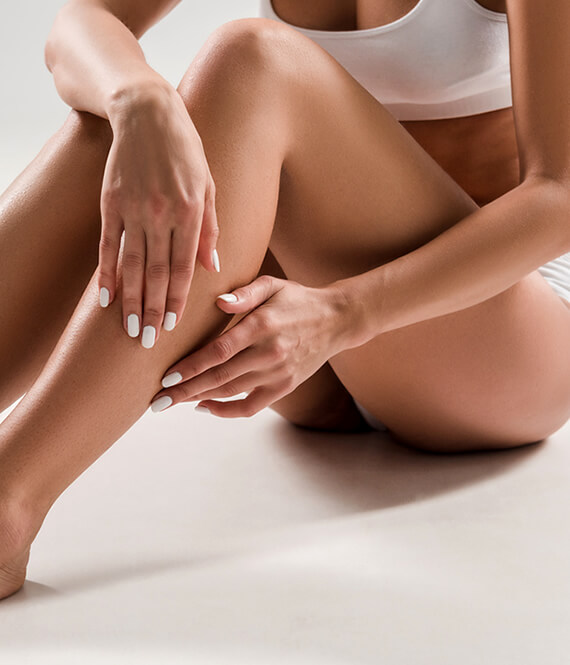



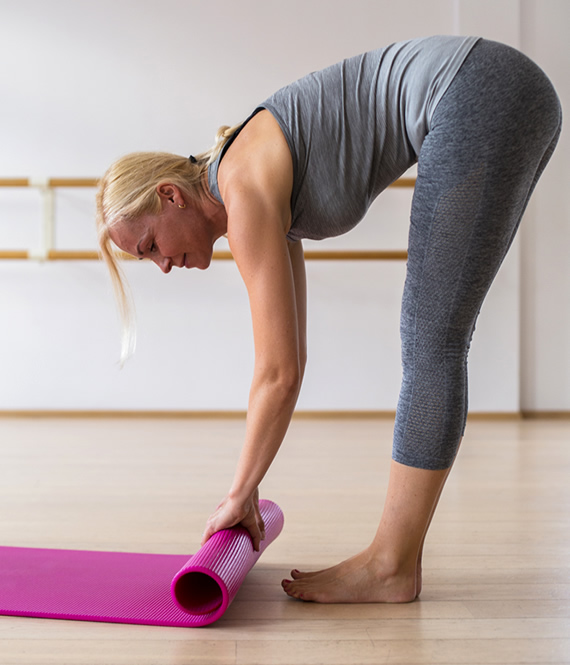

Leave a Comment